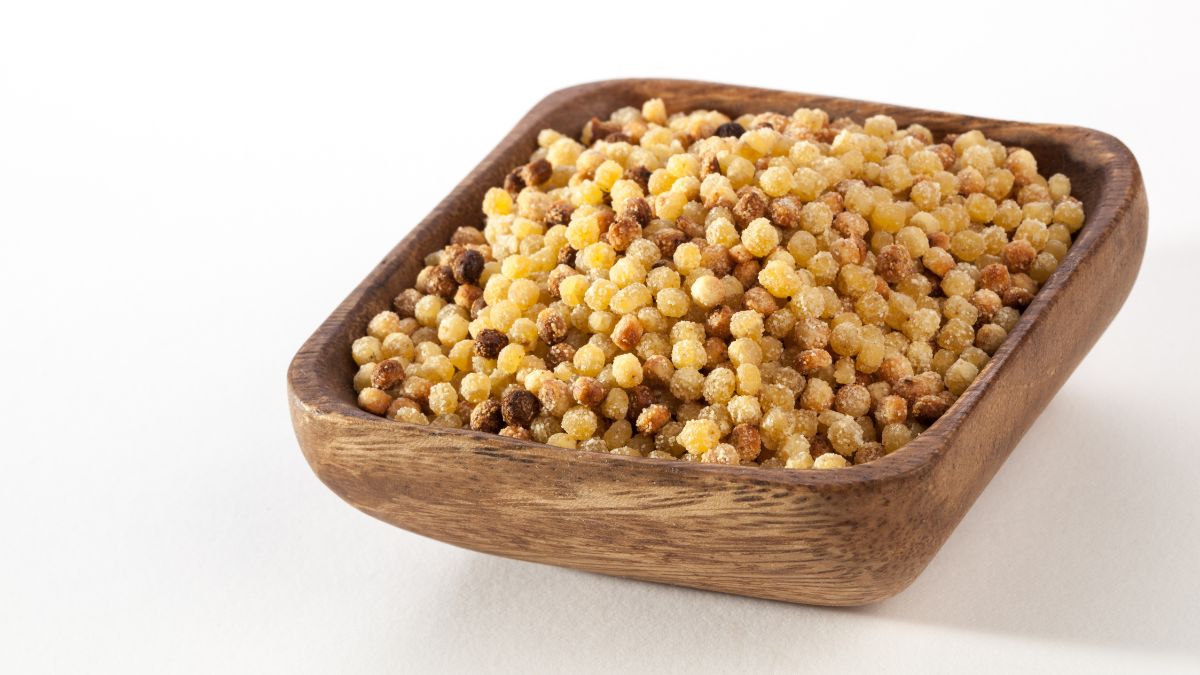Gluten Sensitivity and Fregola: What You Need to Know

When it comes to gluten sensitivity, there’s more than just wheat, barley, and rye to consider. For those unfamiliar with fregola (sometimes spelled fregula), it’s a type of pasta from Sardinia, often compared to couscous. At first glance, fregola may appear to be a safe alternative to traditional pasta for those with gluten sensitivity. However, a closer look reveals that fregola also contains gluten, making it unsuitable for those with gluten sensitivity or celiac disease. This article aims to provide a comprehensive look at gluten sensitivity and how fregola fits into the equation.
What is Gluten Sensitivity?
Gluten sensitivity, also referred to as non-celiac gluten sensitivity (NCGS), is a condition characterized by gastrointestinal or extra-intestinal symptoms related to the consumption of gluten. Unlike celiac disease, gluten sensitivity does not lead to the intestinal damage that is common in celiac sufferers. Symptoms may include bloating, abdominal pain, and fatigue, although they can range widely from person to person.
How is it Different from Celiac Disease?
While both conditions are triggered by gluten, they are not the same. Celiac disease is an autoimmune disorder where the ingestion of gluten leads to damage to the small intestine, while NCGS does not show this autoimmune response or damage. Diagnosis is generally reached through exclusion, often after ruling out celiac disease and wheat allergy.
The Basics of Fregola
Fregola is a small, round pasta from Sardinia, typically made from semolina dough that has been rolled, sun-dried, and toasted. The end result is a nutty, rich pasta that is fantastic for salads, soups, and stews. It is often compared to North African couscous and the Israeli pearl couscous due to its similar appearance and texture.
How is Fregola Made?
Traditional fregola is made by mixing water and semolina flour, creating a dough. The dough is then rolled into tiny balls and toasted until golden. The toasting process gives fregola its unique, nutty flavor.
Fregola and Gluten: Not a Match for Sensitivity
It may be tempting to consider fregola as a gluten-free alternative due to its unique preparation and origin, but it is essential to remember that semolina flour is wheat-derived. This makes fregola a gluten-containing food.
Hidden Sources of Gluten
While it may be obvious that foods like bread and traditional pasta contain gluten, other products like fregola can be misleading. Always be sure to read labels and consult food guidelines when you are sensitive to gluten. Don’t assume that a food is safe simply because it’s less common or comes from a different culinary tradition.
What Are The Alternatives?
If you are sensitive to gluten but want to enjoy a meal similar to what fregola offers, there are various alternatives available that are gluten-free:
- Quinoa: A complete protein that is also gluten-free. It works well in salads and as a base for various dishes.
- Rice: Both white and brown rice are naturally gluten-free and can serve as a base for many dishes.
- Cornmeal: Polenta or cornmeal can be a good substitute, offering a different texture but a similarly satisfying base for sauces and proteins.
- Gluten-free Pasta: Many types of gluten-free pasta are available, made from ingredients like rice, corn, or quinoa.
Conclusion
Gluten sensitivity is a condition that requires careful dietary planning and awareness. Fregola, while delicious and unique, is not suitable for those who are sensitive to gluten. Understanding the components of various foods can help you make informed decisions and enjoy a wide range of culinary experiences without compromising your health. Always consult a healthcare provider for diagnosis and treatment if you suspect you have gluten sensitivity or any other food-related health concerns.





